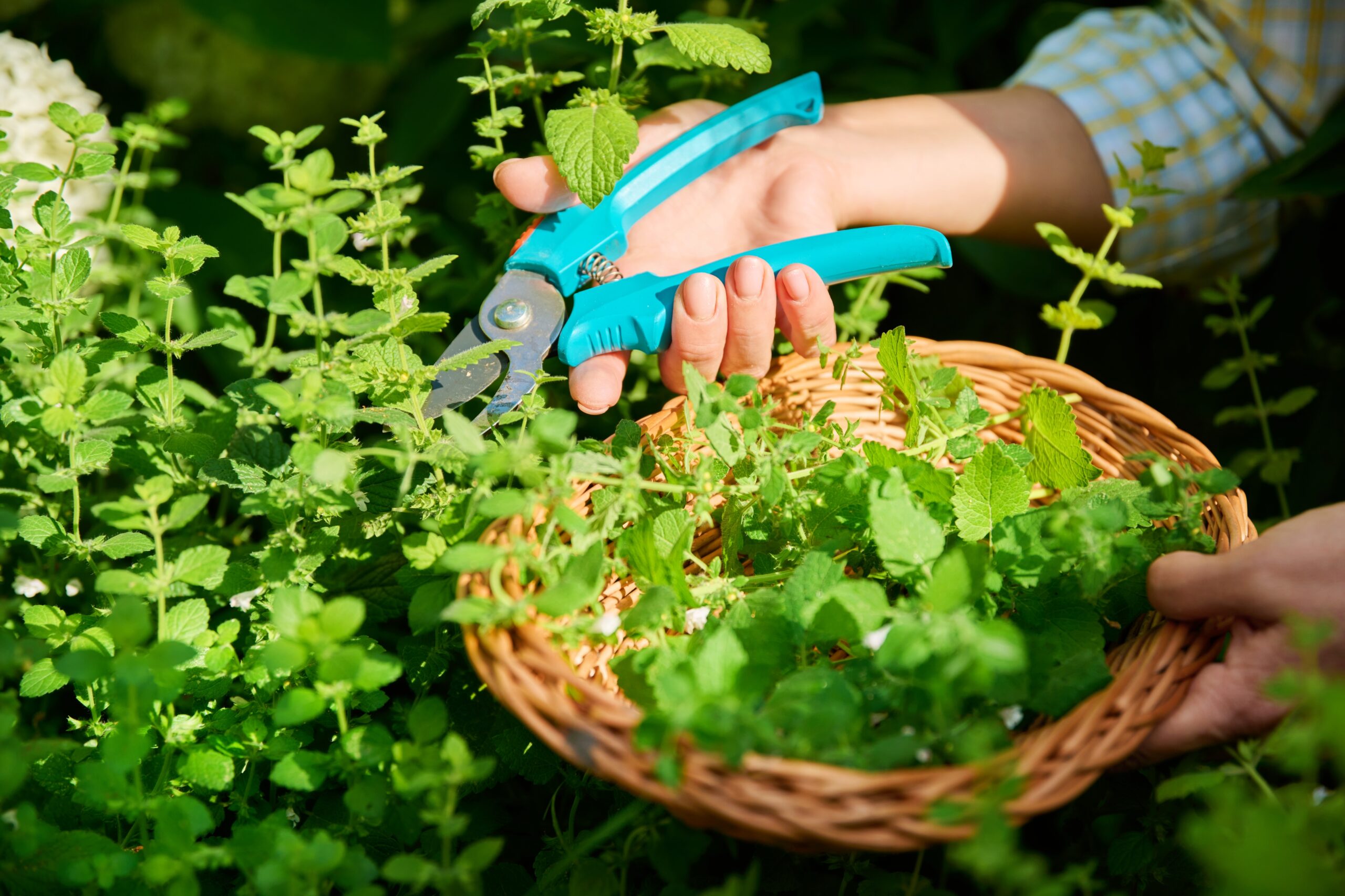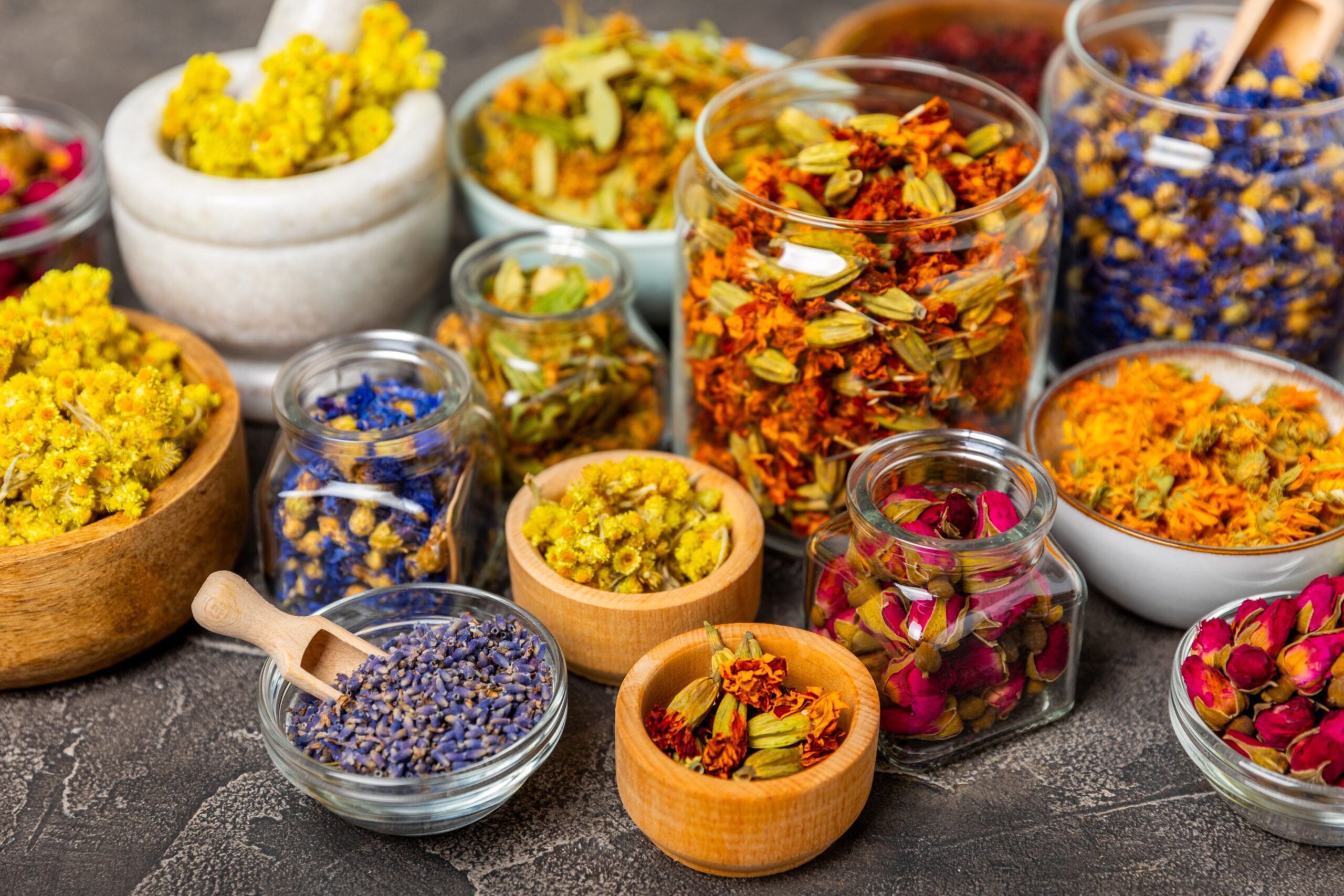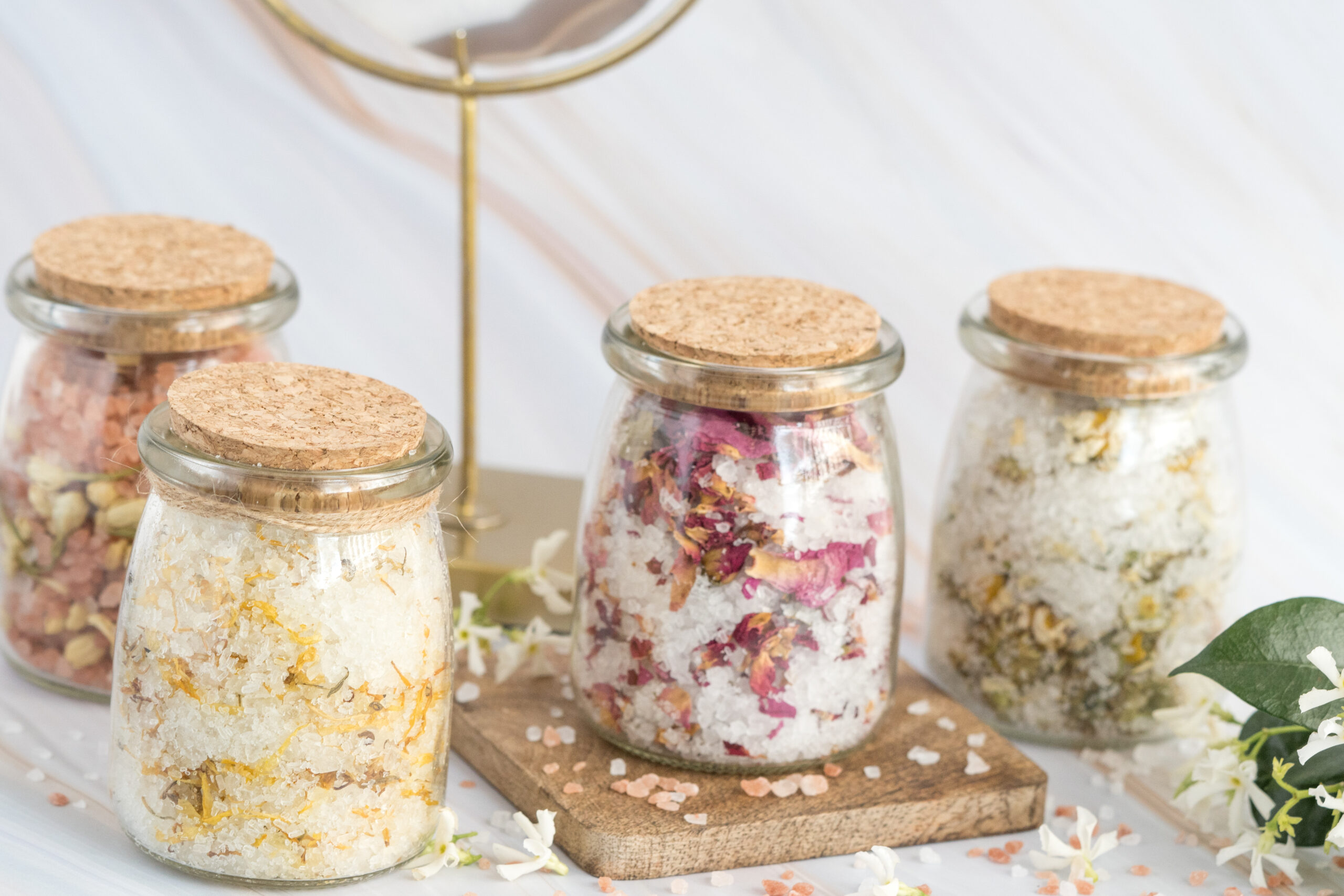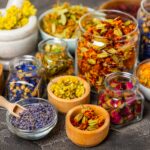Herbalism isn’t just about dried leaves in a jar—it’s about building a living relationship with the plants around you. By tuning into the natural rhythms of the seasons, you can harvest herbs at their peak and craft remedies that truly support your body’s changing needs. This guide walks you through seasonal herbalism, from spring’s cleansing greens to winter’s warming roots, and offers inspiration for what to harvest, make, and enjoy in every season.
Outline
- Introduction
- What Is Seasonal Herbalism?
- Spring: Cleanse and Reawaken
- Summer: Vibrance and Vitality
- Autumn: Nourish and Protect
- Winter: Rest and Restore
- Crafting a Year-Round Herbal Calendar
- Final Thoughts
Introduction
There’s a rhythm to the plant world, and herbalism shines brightest when we work with nature, not against it. Each season brings unique energies and challenges for our bodies—cooling breezes, rising pollen, shifting moods—and herbs offer a natural way to stay in sync.
Seasonal herbalism isn’t just practical, it’s joyful. It invites you to step outside, observe, forage, and connect with the land through the cycle of the year.
What Is Seasonal Herbalism?
Seasonal herbalism is the practice of working with herbs in harmony with the natural seasonal cycles. It means:
- Harvesting herbs when they’re most potent
- Making remedies suited to seasonal needs (e.g. cooling sprays in summer, immune tonics in winter)
- Using herbs to balance your body with the climate and emotional tone of the time
It’s about aligning your wellness practice with the wheel of the year—and stocking your herbal toolkit accordingly.
Spring: Cleanse and Reawaken
Spring is a time of growth, light, and renewal. After the heaviness of winter, the body often craves cleansing and movement.
Key Energies:
- Detoxification
- Liver and lymphatic support
- Allergies and immune reset
Herbs to Harvest:
- Nettle – rich in iron, antihistamine effects
- Dandelion leaf and root – liver tonic and digestive bitter
- Cleavers – lymphatic cleanser
- Chickweed – cooling, nutritious, great in salads
- Violet – soothes skin and supports the lymph
Remedies to Make:
- Nettle and dandelion infusions
- Cleavers and chickweed tinctures
- Spring tonic vinegars
- Herbal pestos or wild green soups
- Allergy support teas (nettle, peppermint, elderflower)
Pro tip: Spring is perfect for wildcrafting greens—just ensure you forage safely and sustainably.
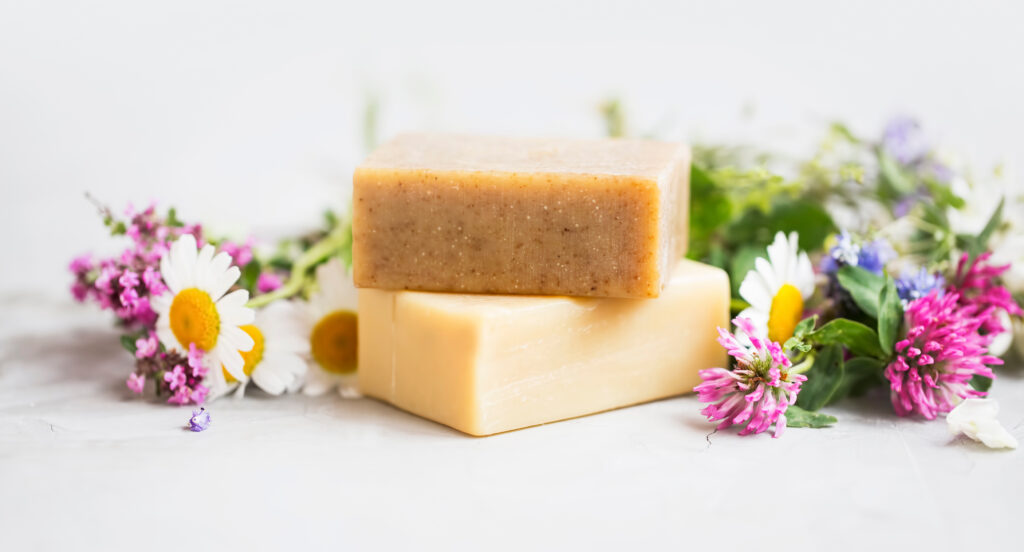
Summer: Vibrance and Vitality
Summer brings light, heat, and outward energy. It’s a time of protection, hydration, and stress balance.
Key Energies:
- Cooling and calming
- Skin care and sun support
- Nervous system resilience
Herbs to Harvest:
- Chamomile – relaxant, skin-soothing
- Lavender – antimicrobial, calming
- Lemon balm – uplifting nervine
- Yarrow – first-aid and bug bites
- Calendula – anti-inflammatory and skin healing
- Rose petals – cooling, heart-opening
Remedies to Make:
- Herbal cooling sprays with peppermint or rose
- Infused oils for sun-kissed skin (e.g. calendula oil)
- Herbal ice teas (lemon balm, hibiscus, mint)
- Salves for bites and burns
- Flower glycerites or tinctures for emotional balance
Pro tip: Harvest flowers in the morning when oils are strongest and dry immediately for best quality.
Autumn: Nourish and Protect
Autumn is the time to prepare for the inward journey of winter. It’s all about nourishment, immunity, and letting go.
Key Energies:
- Lung and immune system support
- Digestive balance
- Grounding and rest
Herbs to Harvest:
- Elderberries – antiviral and immune-boosting
- Hawthorn berries – heart-supportive and grounding
- Rosehips – packed with vitamin C
- Mullein – respiratory support
- Ginger and turmeric root (if growing yourself or fresh buying)
- Thyme – warming and antimicrobial
Remedies to Make:
- Elderberry syrup for winter immunity
- Hawthorn or rosehip oxymels (honey + vinegar)
- Mullein and thyme cough syrup
- Herbal digestive bitters
- Adaptogen blends (ashwagandha, astragalus)
Pro tip: Autumn is perfect for deep infusions and syrup-making—warm, comforting, and immune-supportive.
Winter: Rest and Restore
In winter, everything slows down. The body needs rest, warmth, and immune defence. This is the time to turn to roots and deeply nourishing tonics.
Key Energies:
- Rest and reflection
- Inner warmth
- Deep nourishment
Herbs to Use:
- Ashwagandha – adaptogen for stress and sleep
- Astragalus – immune modulator
- Cinnamon and cloves – warming and circulatory support
- Licorice root – moistening and immune-boosting
- Reishi mushroom – deep immune and stress support
- Elderflower – gentle sweat-inducing herb for colds
Remedies to Make:
- Fire cider (spicy immune tonic)
- Root decoctions and warming teas
- Sleep blends with ashwagandha and chamomile
- Reishi hot chocolate or elixirs
- Warming chai blends with ginger, cardamom, and cinnamon
Pro tip: Winter remedies often involve decoction—simmering roots and barks to extract their medicinal magic.
Crafting a Year-Round Herbal Calendar
To stay organised, create a seasonal herbal calendar. Here’s a basic framework:
| Season | Focus Area | What to Harvest | What to Make |
|---|---|---|---|
| Spring | Detox & cleanse | Nettle, dandelion, cleavers | Tonics, infusions, tinctures |
| Summer | Cool & protect | Chamomile, rose, lemon balm | Sprays, salves, iced teas |
| Autumn | Immunity & prep | Elderberry, rosehip, hawthorn | Syrups, oxymels, adaptogen teas |
| Winter | Rest & nourish | Ashwagandha, reishi, ginger | Decoctions, fire cider, chai |
You can also plan ahead by drying herbs in their peak season for use later.
Final Thoughts
Seasonal herbalism invites us to slow down and connect—to the land, to the plants, and to ourselves. By working with what nature offers in each season, you support your health in ways that feel aligned, empowering, and rooted in tradition.
Whether you’re sipping nettle tea in spring or simmering reishi cocoa in winter, herbalism becomes more than medicine—it becomes a way of life.
The best time to start seasonal herbalism? Right now.



